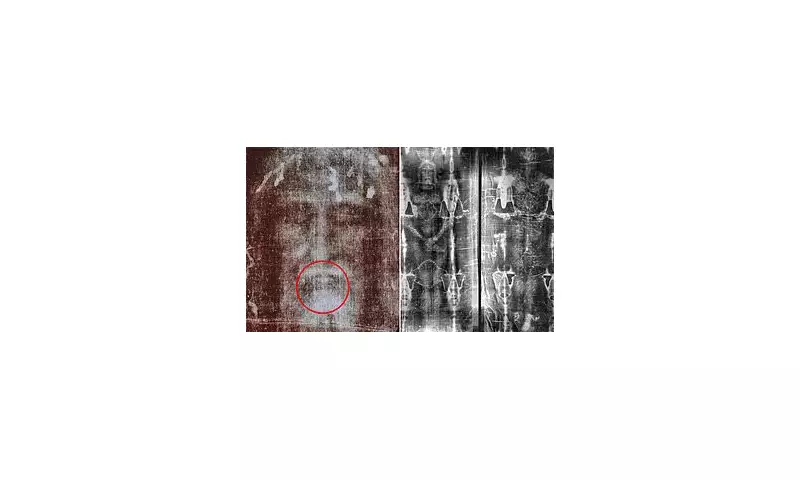
A startling new scientific analysis of the Shroud of Turin has reignited the centuries-old debate surrounding Christianity's most controversial relic, with researchers claiming to have found compelling chemical evidence that points toward a resurrection event.
The Scientific Breakthrough
According to recent findings, the mysterious image on the shroud contains chemical signatures that cannot be replicated by modern science. The research suggests that the formation of the image required an intense, brief burst of vacuum ultraviolet radiation—a phenomenon that doesn't occur naturally and cannot be reproduced in laboratory conditions.
Professor Liberato De Caro, a leading researcher involved in the study, stated: "The evidence we're seeing points toward something extraordinary. The type of radiation required to create this image would need to come from a single, instantaneous event that essentially turned Jesus's body into light."
Decades of Controversy
The Shroud of Turin, believed by many to be the burial cloth of Jesus Christ, has been the subject of intense scientific scrutiny for decades. Previous carbon dating tests in 1988 suggested the cloth dated from the Middle Ages, between 1260 and 1390 AD, leading many to dismiss it as a medieval forgery.
However, the new research challenges these earlier findings, pointing to potential contamination issues with the original carbon dating samples and presenting alternative dating methods that align more closely with the time of Christ.
What Makes This Research Different?
- The study employed advanced X-ray analysis techniques not available in previous examinations
- Researchers identified specific radiation patterns that match theoretical models of resurrection events
- The image formation appears to be a direct result of the body's transformation rather than any artistic application
- Multiple independent verification processes have strengthened the findings' credibility
Scientific Community Reaction
While the findings are generating significant excitement among both religious communities and scientific circles, many researchers remain cautious. The scientific community has called for independent verification and peer review before drawing definitive conclusions.
"This represents one of the most intriguing developments in the study of the shroud," commented another researcher familiar with the project. "Whether it ultimately proves the resurrection or not, it certainly opens new avenues for scientific investigation."
The ongoing research continues to bridge the gap between faith and science, offering potential new insights into one of history's greatest mysteries while raising profound questions about the intersection of scientific evidence and religious belief.





